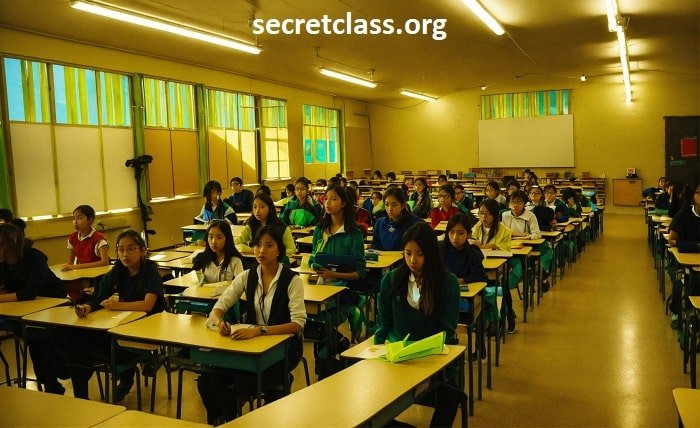The Pillars of Learning: The Institución Educativa

In Spanish-speaking countries, the cornerstone of education is often referred to as the “institución educativa.” But what exactly does this term encompass? This blog post delves into the world of the “institución educativa,” exploring its purpose, structure, and the vital role it plays in shaping young minds.
A Place for Learning: The Purpose of an Institución Educativa
An “institución educativa” translates literally to “educational institution,” which essentially captures its core function. It’s a place dedicated to providing formal education to students of all ages. This can range from preschool programs for early learners to secondary schools preparing students for higher education or the workforce.
Structure and Levels: The Educational Landscape
The structure of an “institución educativa” can vary depending on the country and specific institution. However, a general framework often includes:
Preescolar (Preschool): Introduces young children to basic concepts and socialization skills.
Educación Primaria (Primary Education): Covers foundational subjects like math, language arts, science, and social studies. This typically lasts for six years.
Educación Secundaria (Secondary Education): Provides a more in-depth exploration of various subjects, preparing students for higher education or professional training. This can last for three to six years.
Educación Superior (Higher Education): Universities and vocational institutions offering specialized programs leading to degrees or professional certifications.
The Classroom: The Broader Role of an “Institución Educativa”
While academics are central, an “institución educativa” aspires to foster well-rounded individuals. This may involve:
Extracurricular Activities: Sports, clubs, and artistic endeavors provide opportunities for students to explore their talents and interests.
Social and Emotional Learning: Developing essential life skills like communication, collaboration, and problem-solving.
Civic Engagement: Encouraging students to become active and responsible citizens.
Public vs. Private: Choosing the Right Fit
The educational landscape often includes both public and private “instituciones educativas.” Public institutions are typically funded by the government and offer free education. Private institutions often charge tuition fees and may have a more selective admissions process.
Finding the Right “Institución Educativa” for You
The choice of an “institución educativa” is a crucial decision for students and families. Factors to consider include location, curriculum, educational philosophy, extracurricular offerings, and the overall learning environment.
Conclusion
“Instituciones educativas” serve as the foundation for a thriving society. By nurturing young minds and fostering a love of learning, they equip future generations with the knowledge and skills to navigate a complex world. So next time you see an “institución educativa,” remember the important role it plays in shaping the future, one student at a time.
FAQ
- Q: What is the difference between “educación primaria” and “educación secundaria”?
A: “Educación primaria” (primary education) focuses on foundational skills like reading, writing, and math, while “educación secundaria” (secondary education) delves deeper into various subjects to prepare students for higher education or the workforce.
- Q: How do I choose between a public and private “institución educativa”?
A: Consider factors like location, curriculum, educational philosophy, extracurricular offerings, cost (for private institutions), and the overall learning environment. It’s also helpful to visit schools and talk to administrators or current students/families to get a better feel.
- Q: Are there any other types of “instituciones educativas” besides preschool, primary, and secondary schools?
A: Yes! The landscape can vary, but some countries might have specialized institutions for vocational training, adult education, or special needs education.
- Q: What resources can help me find an “institución educativa” for my child?
A: Government education websites, online directories, and talking to other parents or educators in your community are all good starting points.





